The Samsung Galaxy XR headset has finally arrived, a clear milestone for mixed reality. After months of anticipation, the result of a longstanding collaboration between Samsung and Google, the Galaxy XR headset finally hit store shelves on October 21st, bringing years of work from internal "Project Moohan" to market reality. It is the first device to use Google's Android XR platform, which positions Samsung as a serious challenger to Apple's Vision Pro at nearly half the price.
The strategy is bigger than a price tag. Samsung built a mixed reality computing platform that straddles premium hardware and more accessible pricing. The Galaxy XR headset costs $1,799.99 for the 256GB version, or around $75 per month if you pay through Samsung financing. High end feel, without the budget headset compromises.
Where to buy the Samsung Galaxy XR headset
Samsung is keeping launch distribution tight for a reason. The Galaxy XR is exclusively available for purchase on Samsung.com or in Samsung Experience Stores in the U.S. and South Korea, which lets the company control setup, support, and quality during the first wave. It also keeps early user feedback close to home.
Direct sales make financing easier to tailor. You can order it now for $1,799.99, with Samsung offering finance options, including $149/month for 12 months to soften the upfront hit. Mixed reality has technical barriers, sure, but financial ones too.
If you are eager to get one, plan for a short wait. Nov. 4 is the earliest delivery date for American shoppers, a sign Samsung is pacing production and support instead of flooding the channel.
Early deals and promotions worth knowing about
Samsung sweetened the pot for early buyers in a way that actually matters. Early adopters can save up to $1,000 on the purchase with an Explorer Pack offer that includes one year of Google AI Pro, one year of YouTube Premium, one year of Adobe Project Pulsar, and NBA League Pass. This is not marketing fluff. When you tally the services, the savings hit home for XR work and play.
There is a second take on that bundle from another source. If you buy Galaxy XR before the end of this year, you get a package called "The Explorer Pack" including 12 months of Google AI Pro, YouTube Premium, Google Play Pass, and NBA League Pass, among other services, worth over $1000. Google AI Pro alone typically costs $19.99 monthly, which fits the AI-heavy workflows Android XR is built for. YouTube Premium rounds out the lean-back side of things.
Accessories follow a simple logic, start basic and add what you need. The controllers are priced at $250, sold separately to keep the headline price lower, and controllers are now 30% off if you buy the headset and controllers together before November, provided they are not sold out. That cuts the controller pair to $175, a solid break if you plan on gaming or precision tasks.
What you're actually getting for your money
The Galaxy XR earns its premium slot on specs alone, then backs it up in use. The 3552 x 3840 resolution display is one of the best we've ever seen in a headset, sharp enough for spreadsheets and cinema. Under the hood, the XR comes equipped with the Qualcomm Snapdragon XR2+ Gen 2, a considerably faster chipset than what's found in the Meta Quest 3. Translation, headroom for complex mixed reality apps.
Comfort matters more than spec sheets suggest. It weighs 19.2 ounces, compared to the Vision Pro's 26.4 ounces. That 7-ounce gap pays off during long sessions. Samsung moved the battery to an external pack via cable, which shifts weight off your face.
Display tech is a Samsung calling card. The Galaxy XR uses a micro-OLED display system with a total of 29 million pixels, showing a 3,552-by-3,840-pixel picture to each eye. Pair that with a field of view of 109 degrees (horizontal), and the result is crisp and immersive without tunnel vision.
Your purchase of the Galaxy XR will also come with a protective cover, light shields, a battery pack, cables, and more, not to mention all of the free entertainment services included in the "Explorer Pack". No surprise add-ons for the basics, which is refreshing.
Understanding the Galaxy XR's strategic positioning
Samsung is not pitching this as a toy. The XR is more like Samsung's answer to the Apple Vision Pro, offering users the ability to enjoy entertainment, productivity, and social media apps all in one device. Gaming is there, and done well, but the bigger story is a general-purpose computing device for pros and serious hobbyists.
The design backs that up. The XR is designed to be comfortable enough to wear for hours on end, and the lack of required controllers means that the headset is easy to carry and use wherever you are. Hand and eye tracking cover most tasks. Controllers step in when you want precision.
Then there is the platform advantage. Android XR will run Android apps, and most Android apps should run on Android XR. You are not walking into a barren app store. Day one utility matters, and this has it.
Battery life and practical usage considerations
Power is handled with real life in mind. The battery pack weighs 10.7 ounces and can last up to two hours with general use. On paper that sounds short. In practice, it fits how most mixed reality sessions go, and the external pack keeps the headset light while letting you swap power as needed.
The charging setup is flexible. Battery life is up to 2 hours for general use and up to 2.5 hours for video, and it can be used while charging. Park near power and you can run as long as you like, which suits office work and long movie nights.
Additional accessories and total cost considerations
The accessory lineup makes the total cost transparent. The Galaxy XR's controllers and travel case retail separately for $249.99 apiece on Samsung's website. Pay for what you actually use, and skip what you do not.
Vision correction is handled cleanly. A pair of prescription lenses that magnetically attach to the Galaxy XR costs an extra $99.99. The magnetic fit is quick, secure, and does not mess with comfort.
The Android XR ecosystem advantage
Software, not just hardware, is the headline. Being the first device to use Google's Android XR platform puts early buyers at the start of what could be the default mixed reality ecosystem. Google's integration with Gemini AI adds assistance that feels built in rather than bolted on.
Interaction goes beyond simple voice commands. It features built-in eye tracking, which would also serve as a control method. Paired with AI, the system can react to what you are looking at and offer help without you spelling it out.
That shift, from reactive to contextual computing, is the part that sticks with you after a demo.
Should you buy the Galaxy XR now?
The Galaxy XR is a strong entry point into premium mixed reality. If the Vision Pro tempted you but the $3,500 price did not, this lands differently. At $1,800 with the Explorer Pack bonuses, the value case sharpens, especially if you will use the included services for AI work and entertainment.
Set expectations, though. The Galaxy XR is only the first of a series of Android XR devices that Samsung plans to launch. Newer models will come. Early access versus waiting for round two is the classic first-gen tradeoff.
Right now is a friendly window. The launch bundle, service credits, and controller discount stack well, and the limited distribution means setup support is baked into the buying experience.
If you are a professional testing mixed reality for work, a creator who needs high quality XR, or a tech enthusiast ready for the next computing shift, Galaxy XR is the more attainable route compared to Apple's option while still feeling premium. The only real question, are you comfortable jumping in early, knowing the category is moving fast, in exchange for the value Samsung is putting on the table today?







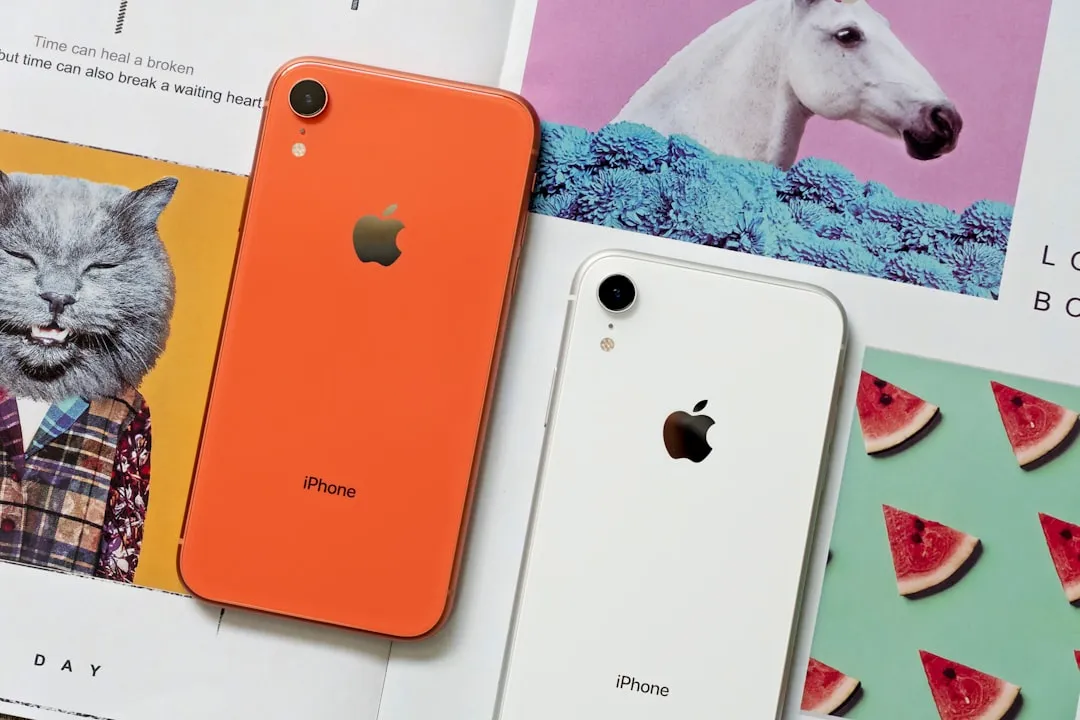
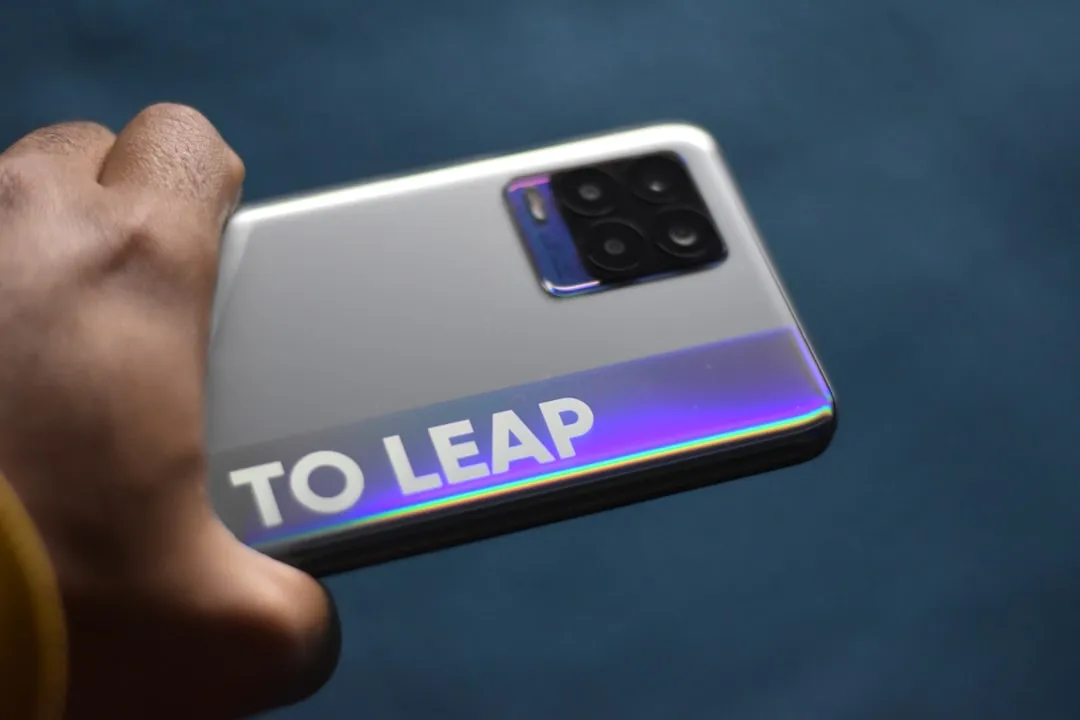
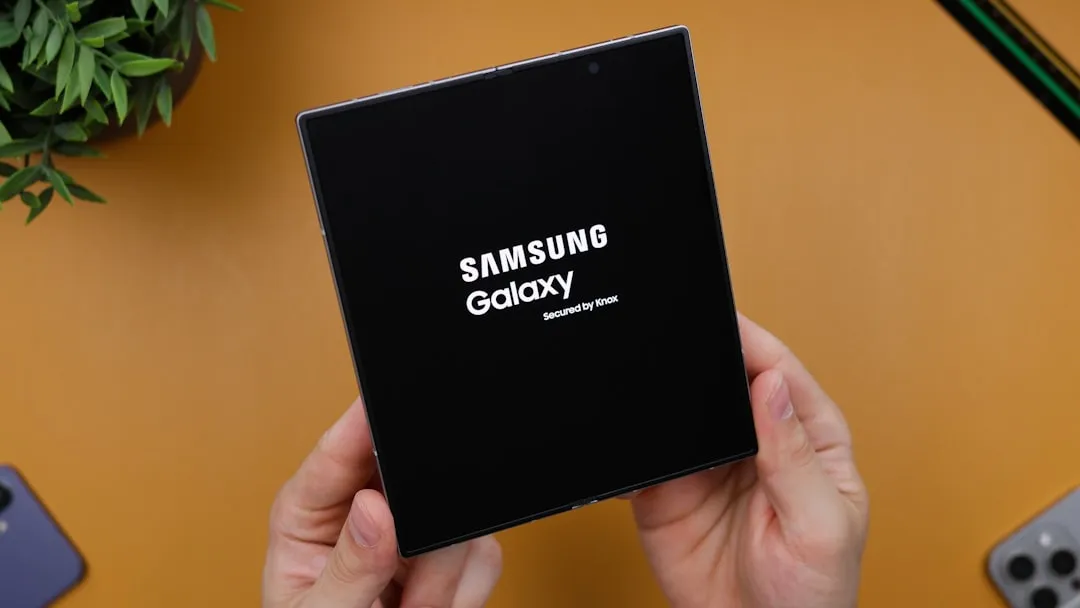



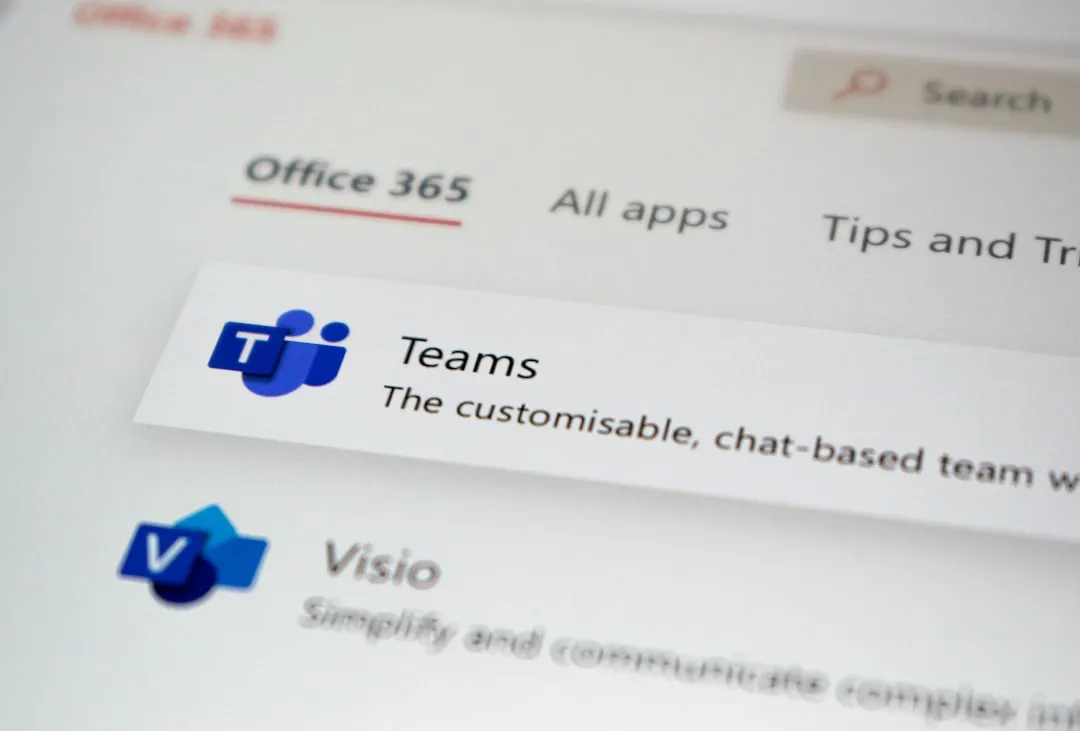
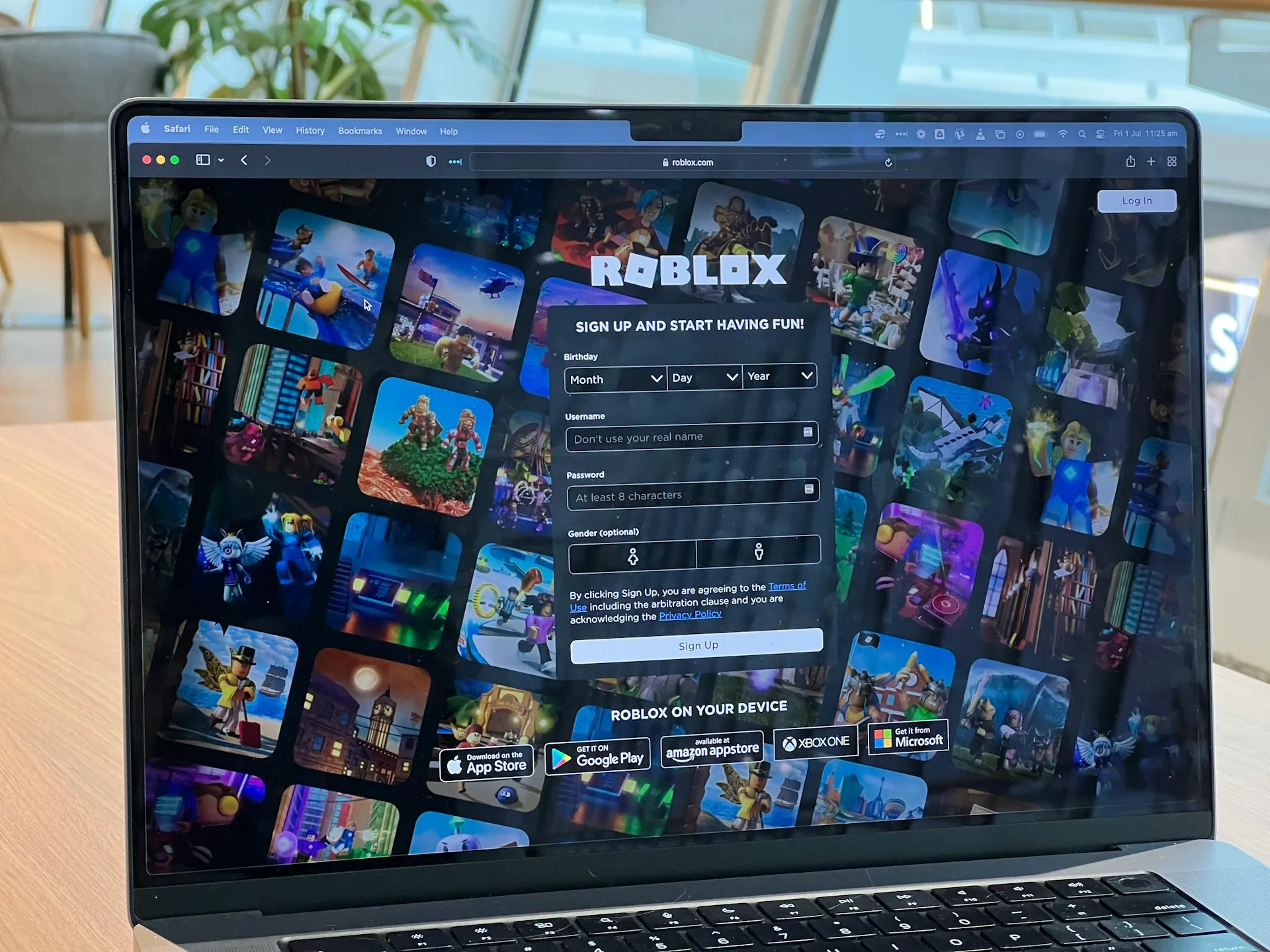
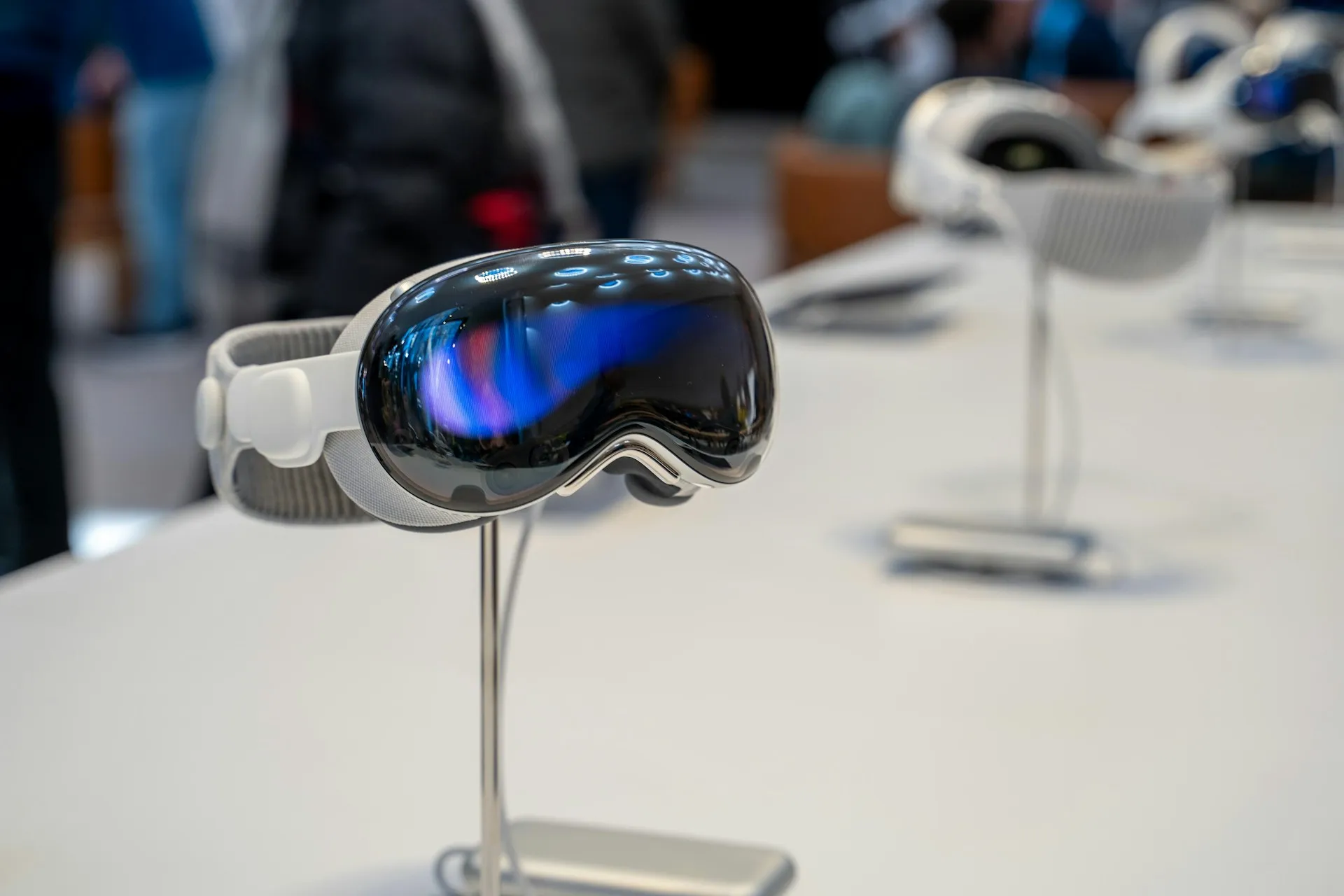




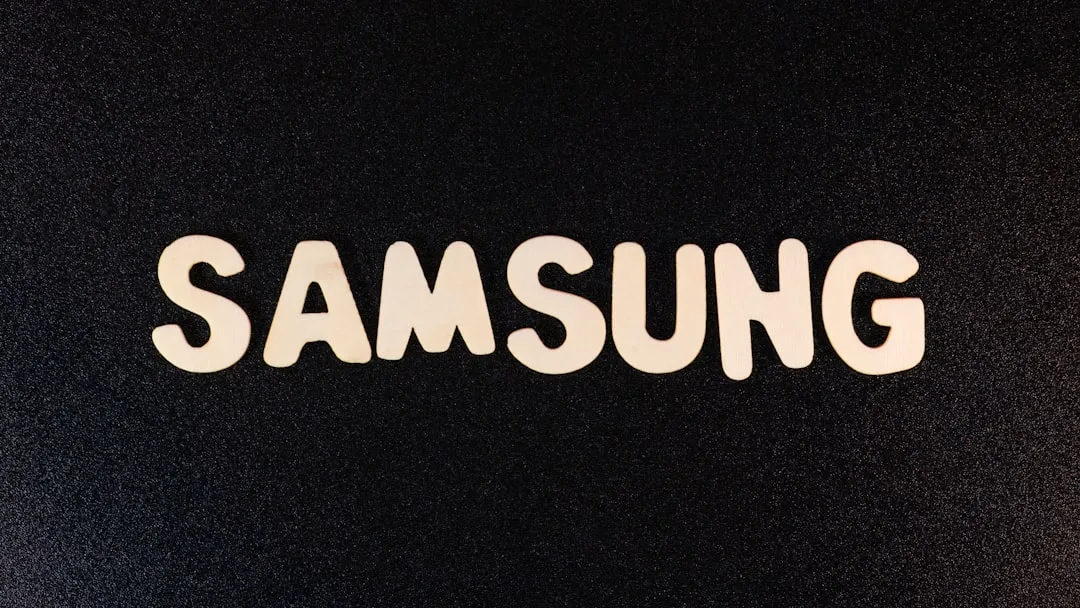


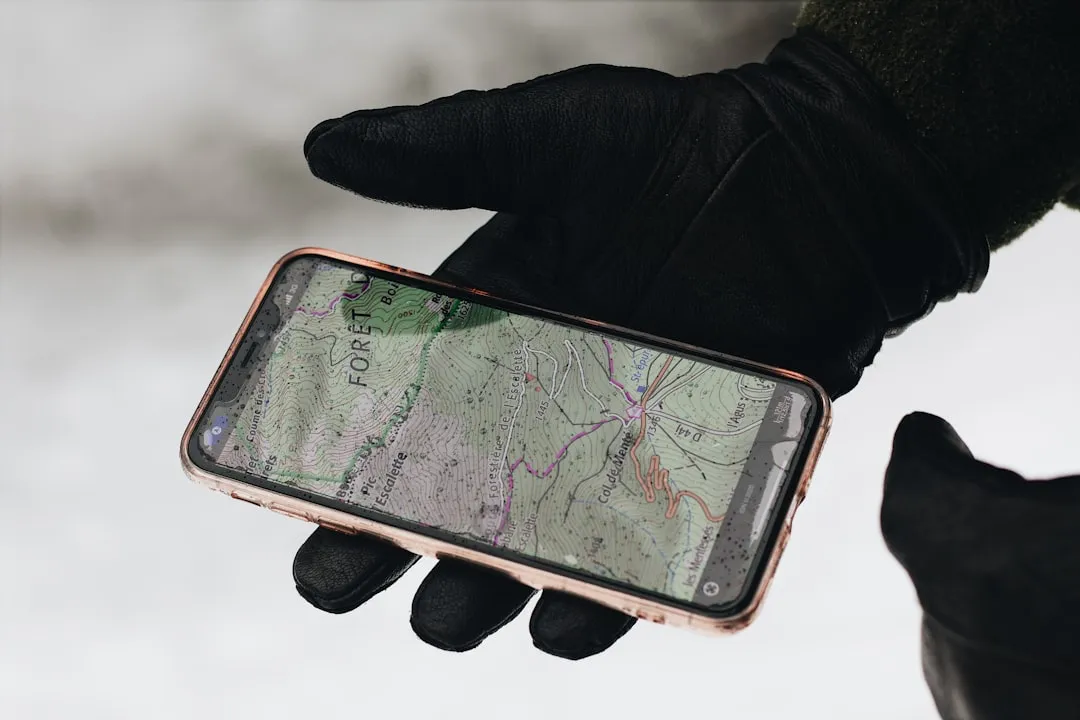
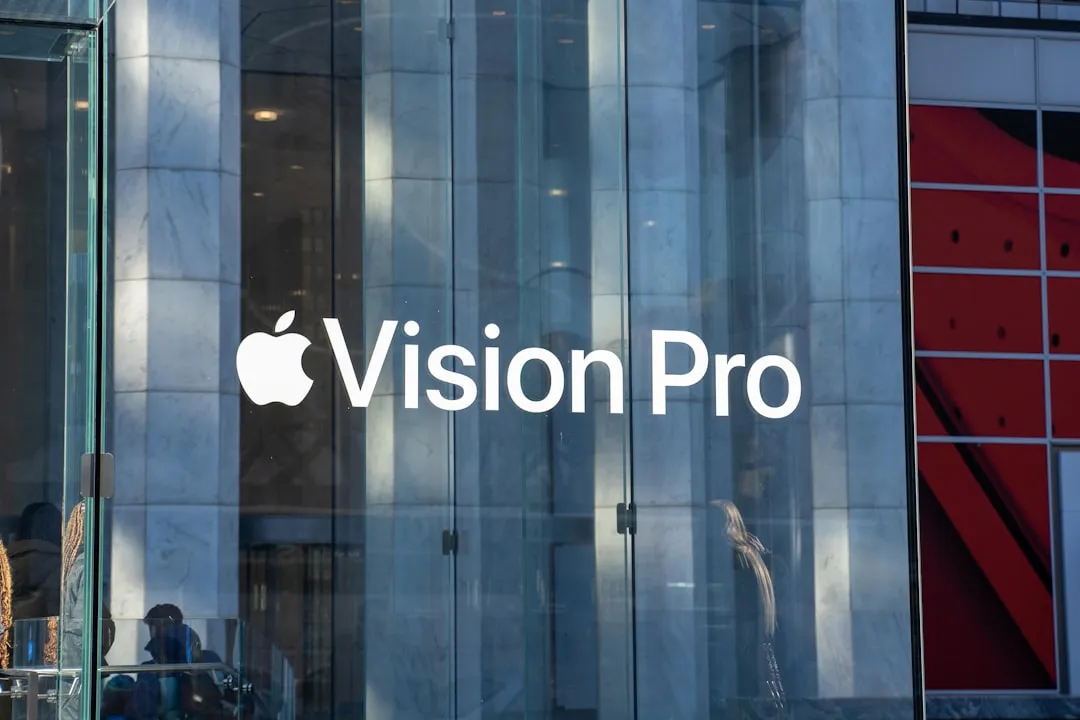


Comments
Be the first, drop a comment!